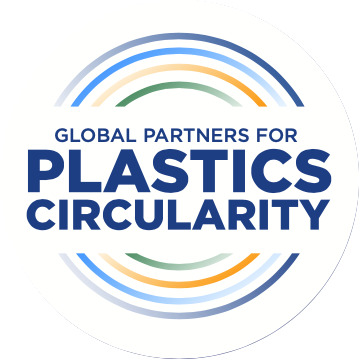
CHEMICAL RECYCLING
TECHNOLOGIES FOR PLASTICS
Chemical recycling technologies have the potential to dramatically increase the types and amount of plastics that can be recycled.


Mechanical and Chemical Recycling
Today, most plastics recycling is done mechanically. Mechanical re-processors use heat and pressure to return used plastics to their solid form (typically small pellets). This process involves a physical phase change, similar to melting ice and freezing water. While this works well with some plastic items – typical bottles and containers – mechanical recycling is limited in its ability to recycle many plastic items.
Chemical recycling technologies break down plastic material to the molecular level.
It’s then made into new products, including virgin-quality plastics. These technologies are able to create a new life for used plastics… even for plastics that are mixed, moderately contaminated or sometimes unsuitable for mechanical recycling, such as films, pouches, and tubes.
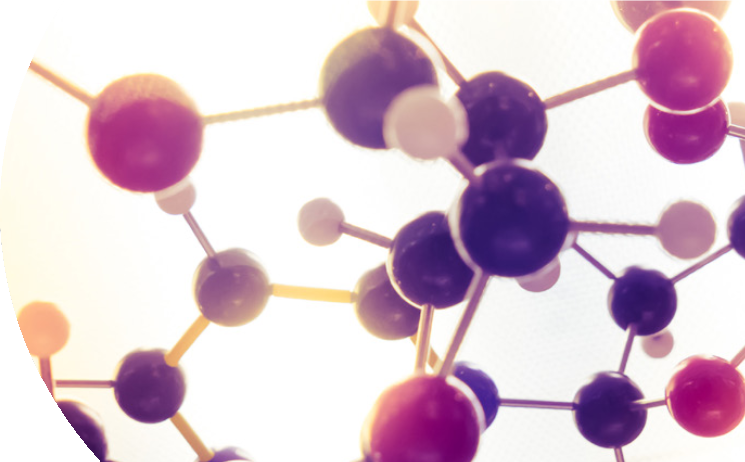
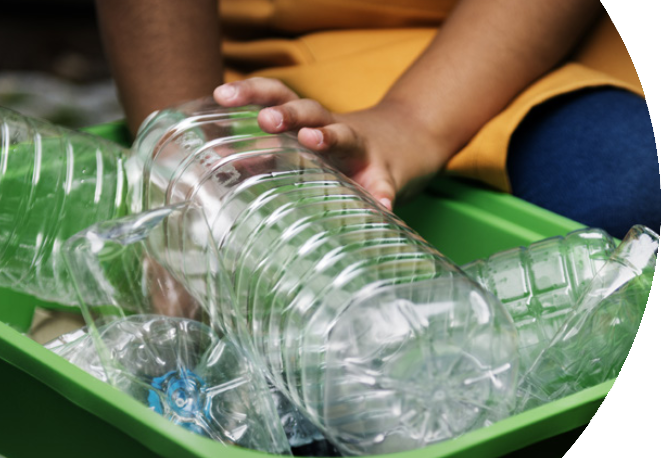
Chemical recycling is complementary to mechanical recycling, not a replacement.
Together, mechanical and chemical recycling are key to supporting a circular economy for plastics, in which plastics are sustainably produced, designed, used, reused and recycled. Instead of discarded.
NOTE: Chemical recycling is also referred to as “advanced” or “molecular” recycling.
The global plastics agreement can help advance chemical recycling.
The global plastics agreement can accelerate both chemical
and mechanical recycling infrastructure worldwide through
capacity building, supportive public policies, and public-private
partnerships+blended finance mechanisms. Recycling infrastructure
is an economic multiplier that creates jobs and spurs supporting
infrastructure such as roads.
Increased recycling infrastructure would enable communities –
including waste pickers and the informal sector – to create more value
from plastics. In turn, this would increase resource efficiency, enhance
economic development, and create jobs, especially in the global South.

Chemical recycling: multiple innovative manufacturing technologies
Although technologies vary, chemical recycling facilities typically use pyrolysis, gasification, or depolymerization. These processes break down the solid material at the molecular level into liquid or gaseous raw materials that can be used to remake plastics or products for other industries.
Chemical recycling is growing worldwide

Pyrolysis Plastics are heated in the absence of oxygen until thermally decomposed, then condensed into valuable materials.

Gasification Plastics are heated in an oxygen-controlled atmosphere and converted into synthesis gas that is then converted into valuable materials.

Depolymerization Plastics are broken into smaller molecules (such as monomers) that can be used to make multiple valuable products. Includes solvolysis, methanolysis, and glycolysis technologies
Chemical recycling is growing worldwide
Major plastic makers as well as small and medium sized entrepreneurial recycling companies are investing in chemical recycling and employing new business approaches and production processes. This has created additional supply of circular plastics. More than 60 products in the global marketplace use plastics that have been enabled through chemical recycling.
Multiple brand companies have incorporated chemically recycled plastics into their products, including:

Luxury cosmetics

Cream cheese containers

Hair care

Ice cream tubs

Auto parts
* Examples identified from public announcements. Inclusion does not reflect or imply endorsement of the Global Partners for Plastics Circularity or information contained herein.
Chemical recycling is growing worldwide

Enables virgin quality plastic for food, medical, and pharmaceutical packaging applications.

Can recycle hard-to-recycle and mixed products that mechanical recycling typically cannot.
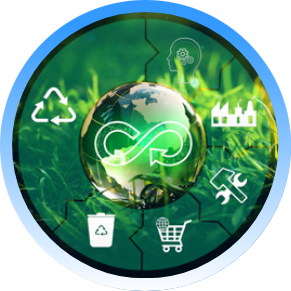
Displaces the use of some fossil resources to create new products.
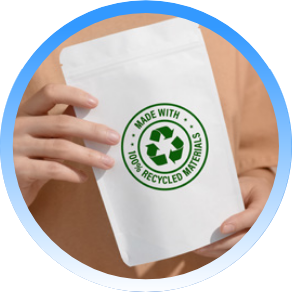
Transitions plastic manufacturing from a linear model to a
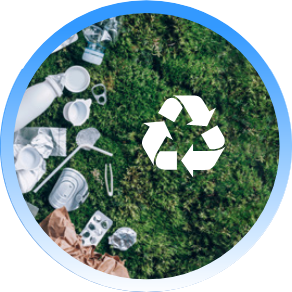
Helps recycle more of the ≈90% of plastics that aren’t
recycled today.
- Plastics that once ended up in landfills, incinerators and our environment can be made into new products and stay in the economy.
- Chemical recycling can help reduce greenhouse gas emissions over the life cycle of plastic products compared to production from virgin resources.
- Chemical recycling can remove additives in used plastics and create virgin-quality materials.
Chemical recycling technologies are key to meeting circularity goals.
Championing a global agreement for a sustainable, circular economy.
